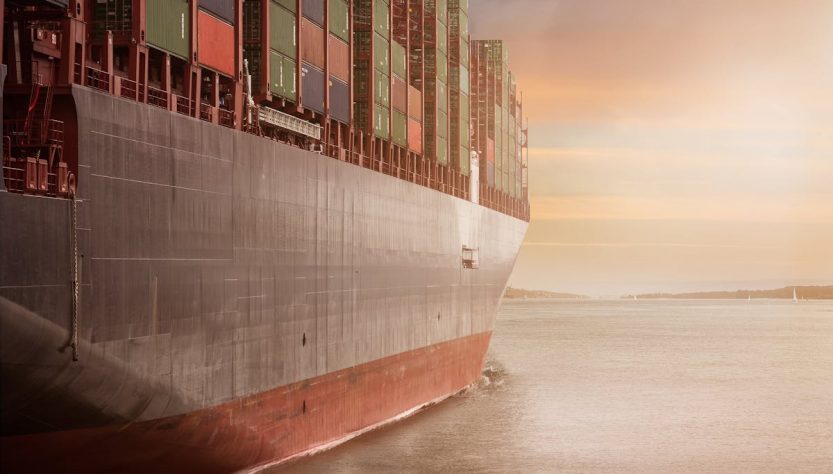
- You should implement predictive analytics to predict demand, identify risks, and optimize inventory.
- You must enhance collaboration with suppliers for better communication and increased efficiency.
- You should employ professional help from 3PL providers to streamline logistics and reduce costs.
- You must invest in sustainable practices to reduce waste and improve energy efficiency.
- You need to continuously improve supply chain operations through data analytics and KPI tracking.
In today’s fast-paced and competitive business environment, optimizing supply chain efficiency is crucial to staying ahead of the curve. With the rapid advancements in technology and changing consumer demands, businesses must constantly adapt and improve their supply chain processes to remain competitive. This blog will discuss the top tips for optimizing supply chain efficiency in 2024.
Implement Predictive Analytics
An essential tip for optimizing supply chain efficiency in 2024 is implementing predictive analytics. By analyzing historical data and using advanced algorithms, businesses can predict future demand, identify potential risks, and optimize inventory levels.
Predictive analytics can help businesses make data-driven decisions that lead to improved efficiency and cost savings. By harnessing the power of predictive analytics, companies can better anticipate market trends and adjust their strategies accordingly.

Enhance Collaboration with Suppliers
Collaboration with suppliers plays a critical role in optimizing supply chain efficiency. By fostering solid relationships with suppliers and sharing information transparently, businesses can improve communication, reduce lead times, and increase overall efficiency.
Collaborative partnerships with suppliers can lead to better inventory management, reduced costs, and improved customer satisfaction. By working closely with suppliers to align goals and streamline processes, businesses can create a more efficient and responsive supply chain ecosystem.
Employ Professional Help
As supply chain operations become more complex and global, it can be beneficial for businesses to seek professional help. A 3PL (third-party logistics) provider can offer specialized expertise and resources to help optimize supply chain efficiency. With their expertise in warehouse logistics, they can help streamline processes, reduce costs, and improve customer service. This allows businesses to focus on their core competencies while leaving the logistics to the experts.
Invest in Sustainable Practices
In 2024, sustainability is no longer just a buzzword – it’s a business imperative. Investing in sustainable practices not only benefits the environment but also improves supply chain efficiency. Here are four key ways that businesses can integrate sustainability into their supply chain operations:
Reduce Waste
By implementing lean manufacturing principles and reducing excess inventory, businesses can minimize waste and improve efficiency. Additionally, using sustainable packaging materials can reduce waste and contribute to a more environmentally friendly supply chain.
Optimize Transportation
Transportation is a significant contributor to carbon emissions and plays a crucial role in supply chain efficiency. By optimizing transportation routes and modes of transportation and utilizing technology such as GPS tracking, businesses can reduce fuel consumption and environmental impact while improving delivery times.
Improve Energy Efficiency
Incorporating energy-saving practices into warehouse operations can lead to cost savings and reduced environmental impact. This could include implementing LED lighting, utilizing automated systems for temperature control, or investing in renewable energy sources like solar panels.
Embrace Circular Economy Principles
The circular economy is an economic model that focuses on minimizing waste by maximizing the use of resources. By adopting circular economy principles, businesses can reduce their reliance on raw materials, decrease waste production, and create a more sustainable supply chain.
By incorporating sustainability into your supply chain strategy, you can create a more resilient and efficient operation that meets the needs of both your business and the planet. This can lead to cost savings, improved brand reputation, and a positive impact on the environment. It may require initial investments and changes in processes, but the long-term benefits will be worth it for both your business and the planet.

Continuous Improvement through Data Analytics
Last but not least, continuous improvement through data analytics is essential for optimizing supply chain efficiency in 2024. By collecting real-time data from various sources within your supply chain network, businesses can identify bottlenecks, inefficiencies, and areas for improvement.
Data analytics enables businesses to track key performance indicators (KPIs), monitor progress towards goals, and make informed decisions based on actionable insights. By continuously analyzing data and making adjustments as needed, businesses can drive continuous improvement in their supply chain operations.
Optimizing supply chain efficiency in 2024 requires a strategic approach that leverages predictive analytics, fosters collaboration with suppliers, employs professional help, and invests in sustainable practices. By integrating these elements, businesses can enhance operations, reduce costs, and improve customer satisfaction.
Continuous improvement through data analytics ensures that supply chains remain agile and responsive to market demands, positioning businesses for long-term success. Embracing these strategies will boost efficiency and contribute to a more sustainable and resilient supply chain.
